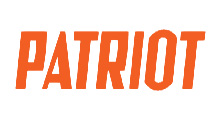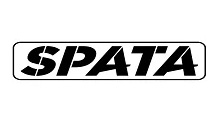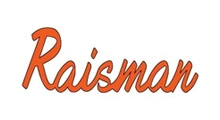Innovation and progress of rice and wheat harvester
As an important tool of modern agriculture, rice and wheat harvester has gone through many changes and upgrades with the continuous progress of science and technology and the improvement of agricultural demand. This paper will discuss the historical development, technological innovation and future trend of rice and wheat harvester, in order to show the progress and change of this important farm tool.

I.The historical development of rice and wheat harvester
In the early stage of the development of human agricultural civilization, rice and wheat harvesting mainly relied on manual operation, which was time-consuming, laborious and inefficient. With the development of science and technology and the advancement of industrialization, rice and wheat harvesters began to appear. Most of the original rice and wheat harvesters were simple mechanical devices, which improved the harvesting efficiency but still required a large amount of manual participation.
Since the 20th century, with the progress of technology, rice and wheat harvester began to have more automatic functions. For example, the emergence of combine harvesters combines the harvesting and threshing functions, greatly improving the harvesting efficiency. In addition, with the development of information technology and sensor technology, rice and wheat harvesters began to have the characteristics of intelligence.
II.The technical innovation of rice and wheat harvester
Automation and intelligence
Modern rice and wheat harvesters have achieved a high degree of automation and intelligence. For example, accurate positioning and automatic navigation can be achieved by using the GPS and the Beidou navigation system. In addition, by carrying a variety of sensors, rice and wheat harvesters can provide real-time feedback on harvest progress and grain yield, providing more accurate data support for farmers.
High efficiency and multifunction
The new rice-wheat harvesters are designed to be more efficient, and some models can even harvest hundreds of acres of land in a day. In addition, many rice and wheat harvesters also have the versatility to adapt to the needs of different terrain and crop types.
Sustainability and environmental protection
Modern rice and wheat harvesters also pay attention to environmental protection and sustainability. For example, many models use low-fuel consumption, low-emission technologies to reduce the impact of agriculture on the environment. In addition, some rice and wheat harvesters are also equipped with straw crushing devices, which can directly convert the straw into feed or fertilizer, realizing the recycling of resources.
III. Future trends
With the continuous development of science and technology, the future development of rice and wheat harvester will be more intelligent, efficient and environmentally friendly. In the future, rice and wheat harvesters will rely more on artificial intelligence and big data technology to achieve more accurate harvesting and optimization of agricultural production process. At the same time, high efficiency, environmental protection and sustainability will also be an important development direction of rice and wheat harvesters in the future.
IV.Conclusion
In general, rice and wheat harvester, as an important tool of modern agriculture, has undergone many changes and upgrades. From the initial manual operation to the present automation and intelligence, the progress of rice and wheat harvester not only improves the efficiency and quality of agricultural production, but also conforms to the needs of modern agriculture for environmental protection and sustainability. With the continuous progress of science and technology and the change of agricultural demand, we have reason to believe that the future of rice and wheat harvester will be more intelligent, efficient and environmentally friendly, bringing more possibilities for agricultural production.






